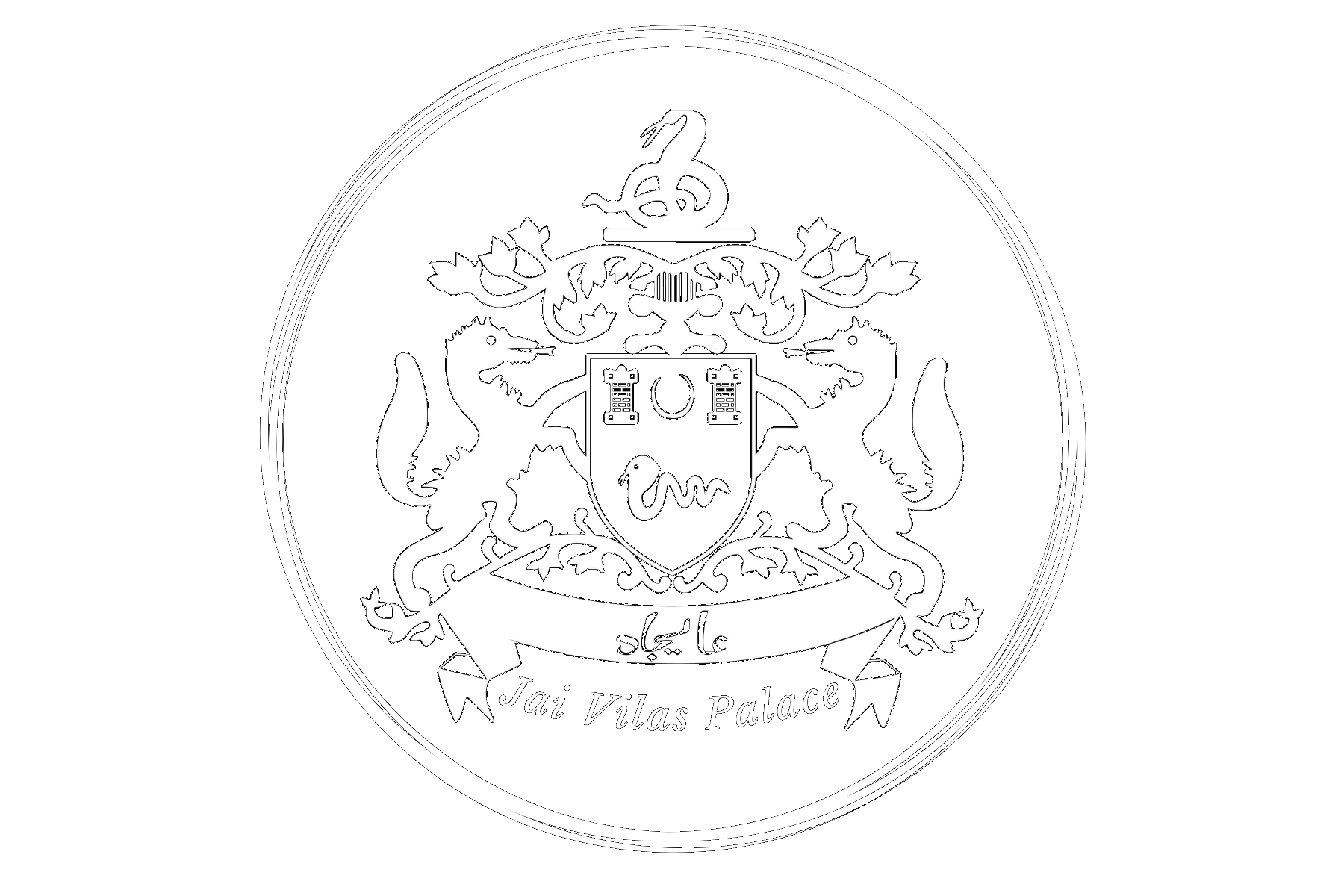KREMAN’S CARPET
Unlike most Persian carpets, this carpet is not intended to be laid on the ground but to be hung on the wall, like a painting or tapestry. Stylistically the carpet is not purely oriental and has been heavily influenced by western realism. This was a common trait in Iranian art at the time, as the result of European trade and commercialization in the area during the late half of the 19th Century and the first half of the 20th Century. Carpets like this were often patronised by the European elite, so the Western elements in the carpets were also likely introduced to appeal to this market.
The carpet is signed by Mohammad Ibn Ja'far, an artist then famous in the Persian carpet trade. He made countless designs that were purchased and sent all around the world. The carpet was made between 1909-1910 CE, after the coronation of the last king of the Qajar dynasty of Persia, Muhammad Shah Qajar. The king is portrayed in a medallion on the lower side. The rest of the carpet is juxtaposed with 178 important figures from the history of the Middle East, Asia, and Europe. Jesus Christ with many others is shown under a pediment in the central oval of the carpet. Each figure is given a number, with the corresponding name written on the borders of the carpet design.
In the first half of the 20th Century, Persian art became hugely fashionable amongst western collectors. Experts such as Aurthur Upam Pope hosted exhibitions and auctions where items
like this carpet were available. It is likely that Maharaja Jiwaji Rao Scindia, a lover of world art, obtained this artwork during such an event.

